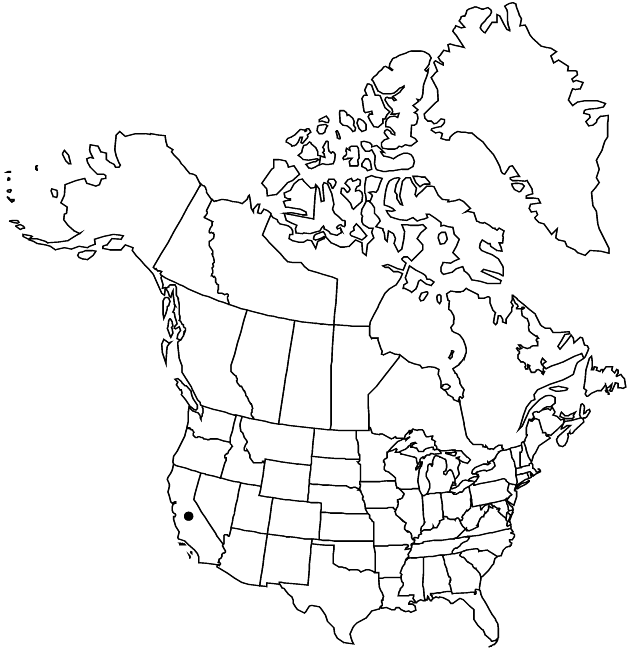Ageratina shastensis
Phytologia 45: 464. 1980.
Perennials, 15–45 cm (bases woody, enlarged, occasionally rhizomatous). Stems erect (clustered from bases), puberulent to pubescent (often with some glandular hairs distally). Leaves opposite proximally, alternate on at least distal 1/2 of stems; petioles 4–6 mm; blades (venation raised-reticulate) orbiculate (juvenile) or deltate-ovate, 1.5–3 × 1–2 cm, (subcoriaceous) bases obtuse to truncate, margins entire or coarsely serrate to dentate, apices acute to acuminate, abaxial faces ± gland-dotted and/or stipitate-glandular. Heads mostly borne singly (each often subtended by a leaflike bract). Peduncles (0–)2–15 mm, puberulent and stipitate-glandular. Involucres 10–11 mm. Phyllaries: apices acute, abaxial faces sparsely puberulent. Corollas white, glabrous. Cypselae hispidulous. 2n = 34.
Phenology: Flowering Jun–Oct.
Habitat: Cracks and crevices of nearly vertical limestone cliffs
Elevation: 400–1800 m
Discussion
Ageratina shastensis is recognized by relatively large solitary heads and coarsely serrate, subcoriaceous leaves alternate on distal parts of stems.
Selected References
None.
